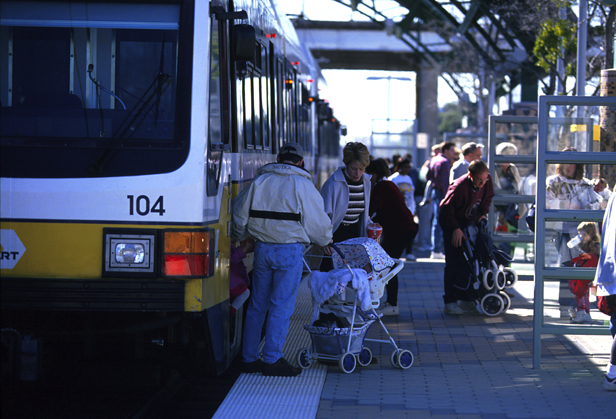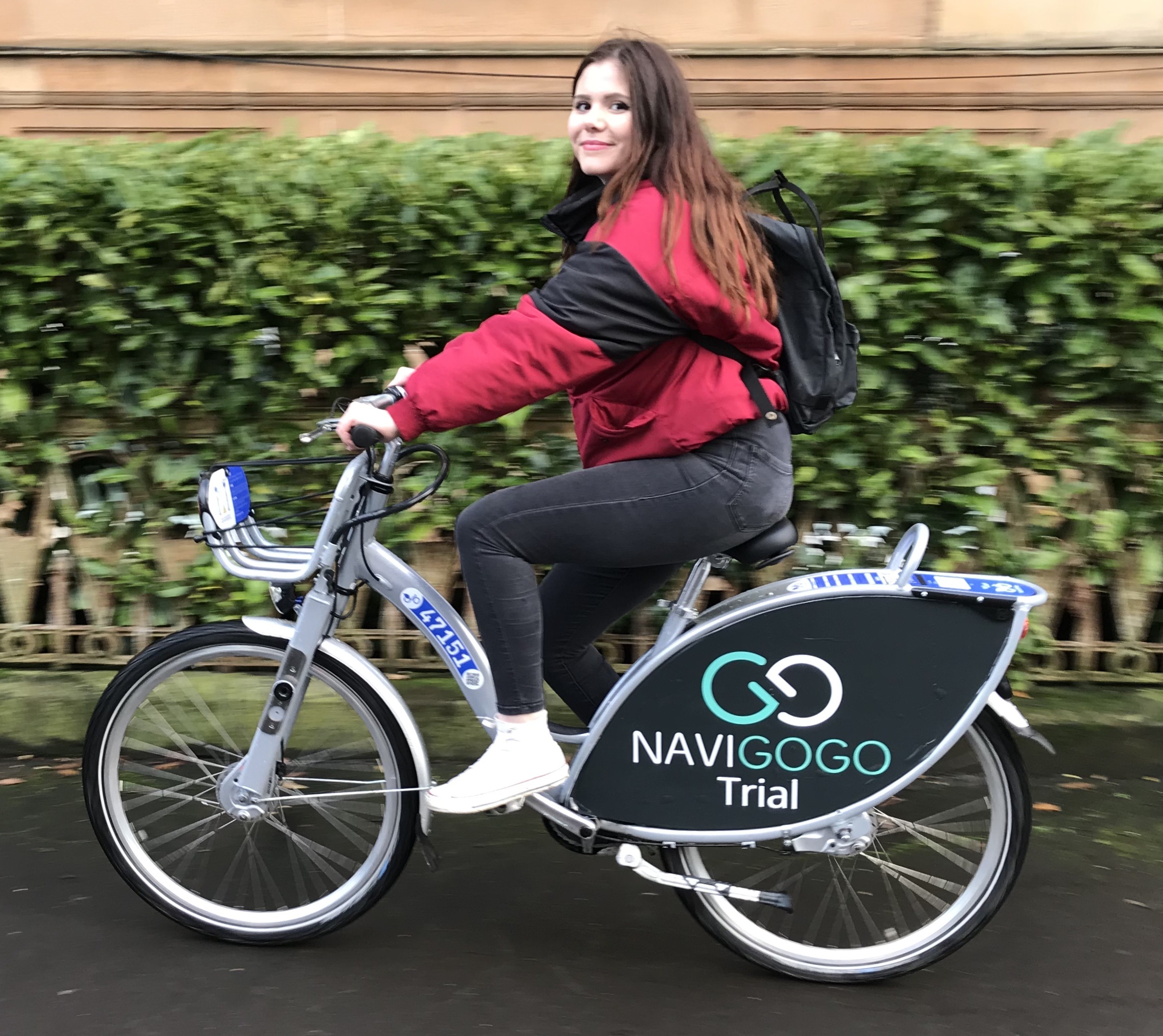
Mobility as a Service (
Digital impact
Taxi-hailing apps have, to date, had the biggest impact of digitisation in the transport sector and have changed the way people think about travel. Todd Schneider’s analysis of the Taxi & Limousine Commission data in New York showed that in 2015 there were fewer than 100,000
The rise of taxi-hailing apps has also had an impact on other public transport services; research by University of Kentucky scholars concludes that each year after taxi-hailing companies are in a city, rail ridership will fall by 1.3% and bus ridership by 1.7%.
This is a stark example to all transport providers of how disruptive such services can be, and how quickly they can become the travelling public’s default method of getting from A to B.
How, then, are authorities and transport operators to respond? As the old saying goes: “If you can’t beat them, join them.”
That is exactly what MaaS does. It expands this app-based convenience to all available travel modes, providing an opportunity for all transport operators to join the digital revolution. In doing so, it offers travellers a range of travel options they may not have considered before, instantly displacing loyalty and travel habits and often offering a choice of travel options based on time, cost or sustainability. Each provider will have to justify to every traveller why their route, mode or service should be used for every trip.
During the conference, delegates will hear about MaaS-style operations in the UK, Europe and North America. Chris Lane from the West Midlands Transport Authority will explain the public reaction to MaaS Global’s
Biggest obstacle
Also building its own MaaS-style operation is
Back in the UK, the ESP Group’s Beth Cocker will describe the on-demand services it is providing for those with special needs, including those with dementia, and older people returning to public transport having surrendered their driving licence.
In many areas the biggest obstacles to the roll-out of MaaS-style services is vertical transport providers’ reluctance to participate. This crucial issue will be tackled head-on in a dedicated panel session involving representatives from the bus, rail and taxi sectors relating their experience of, and plans for, participation in MaaS platforms. In the case of local authorities, concerns over losing influence and oversight of public transport in their area appears to have blunted enthusiasm for digitised transport (including MaaS). However, the loss of control is even greater if authorities are unable to participate.
Todd Schneider’s analysis of 2010-16 figures shows that in San Francisco, ride-hailing services such as Uber and
It is evident that city authorities cannot ignore the potential impact of digitised transport or the public’s willingness to adopt new services that make their life more convenient. This topic will be addressed in ‘Delivering Policy in a MaaS Universe – who’s in charge and who carries the can’, a dedicated panel session to start the second day of the conference. On the panel will be Michael Hurwitz, director of transport innovation at Transport for London; Gary Thomas, CEO of Dart; Gustav Friis who oversees the City of Aarhus’ MaaS Project in Denmark; and MaaS Alliance senior manager Piia Karjalainen.
First mile/last mile
By almost any measure, public transport is more efficient than private cars when it comes to moving large numbers of people. However, the key to getting people to use public transport modes in MaaS-style platforms will be to match the convenience of the private car.
In this respect the first and last mile of the journey are the most important, and will be the subject of a dedicated session on the second day. If first mile/last mile convenience is not there, then the traveller will decide to use their car. Once they have made that decision, then all the potential benefits to the community (fewer vehicles, shorter travel times and better air quality) are lost. Many see autonomous vehicles as the answer to mobility problems, and they will play an important part in the future of MaaS operations - but it is necessary to separate the hype from what is practical in the urban environment. Robbert Lohmann, co-founder of automated transit applications specialist
Facilitate cooperation
While MaaS must always start by utilising currently available vehicles and infrastructure, in most instances the design or layout is not optimal and reducing obstacles to shared and multimodal travel will be pivotal to the uptake and expansion of these services.
Dr. Artur Mausbach, urban planner and doctor of vehicle design with the Royal College of Art’s Intelligent Mobility Design Centre, will address such issues. He will consider how vehicle and infrastructure design needs to evolve to facilitate shared and multimodal journeys, with solutions that can range from quick and simple changes to the existing layout to totally new ground-up designs.
The financial viability of MaaS platforms will be considered at some length but it is perhaps too early to have a definitive answer. However, for many authorities, such services will have to be considered against the background of many bus, tram, metro and train services requiring subsidies from the local or national government. To start this debate, the Local Government Association’s Public Transport Consortium policy advisor, John Pope, will consider the potential of MaaS to reduce the amount of public subsidy needed to run essential transport services in and around cities.
MaaS Alliance member Sandra Witzel, from MaaS tech-enabler










